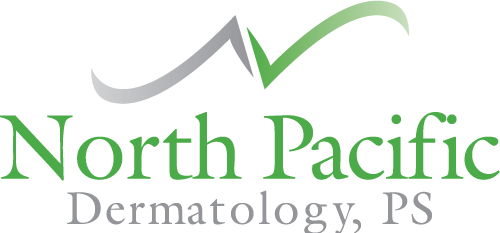Skin Cancer Awareness Month: Know Your Treatment Options
Know How to Treat Your Skin Cancer
Skin cancer is the most common cancer in the United States. Do you know what your treatment options are if you’re diagnosed? Here’s some more information about skin cancer treatments.
Mohs Micrographic Surgery
Mohs micrographic surgery is one of the most effective forms of skin cancer treatment. It works particularly well on rapidly-growing, hard-to-define, or aggressively recurring types of skin cancer. But there are a few other reasons you might want to use a Mohs procedure to treat skin cancer. First, the method by which this treatment occurs is unique. Tissue is systematically removed and then examined in an on-site lab. When the lab results show only healthy tissue, the surgery stops. This ensures that only cancerous tissue is removed from the surgical site. The precision of this procedure makes it an effective treatment. In addition, this treatment helps preserve as much skin and other healthy tissue as possible. So if you need skin cancer treatment on a sensitive area that needs to maintain maximum function, mohs is likely a good candidate. Such areas include the face and neck, hands, feet, scalp, and genitals.
Excisional Surgery
While Mohs is a type of excisional surgery, it is one of the most precise forms of this type of procedure. If an excision is not performed using the Mohs technique, excisional surgery involves simply removing the cancerous tissue and a measure of surrounding, healthy skin. In some skin cancer cases, this may be recommended to reduce the chance of recurrence. It also may be effective for skin cancers like melanoma, the depth and size of which can sometimes be difficult to determine under the skin. If the cancerous tissue exists in an area where you don’t need to preserve as much healthy tissue as possible, your doctor may recommend an excisional surgery.
Cryosurgery
Cryosurgery may be effective for early-stage superficial squamous cell carcinomas. It is a non-invasive procedure in which your doctor utilizes a cotton-tipped applicator or a spray to apply a freezing agent — most often liquid nitrogen — to the site of the cancerous tissue. Eventually, the tissue that was frozen will die and fall off, making room for new skin to grow. This procedure isn’t really appropriate for skin cancers that exist deep under the skin, as liquid nitrogen can’t penetrate beneath the most superficial layers of skin.
Radiation Therapy
Radiation therapy involves using low-energy X-ray beans to destroy cancerous tissue. During this procedure, there’s no need for incisions or even anesthesia. That being said, it often requires multiple treatments over the course of a few weeks for results to manifest. If the skin cancer is difficult to treat surgically or the patient is elderly or suffering from other health complications, it’s possible that radiation therapy is the best option for effective treatment.
If you have more questions or want to know which of these types of skin cancer treatments is right for you, don’t hesitate to set up an appointment with a member of our team at North Pacific Dermatology today.
